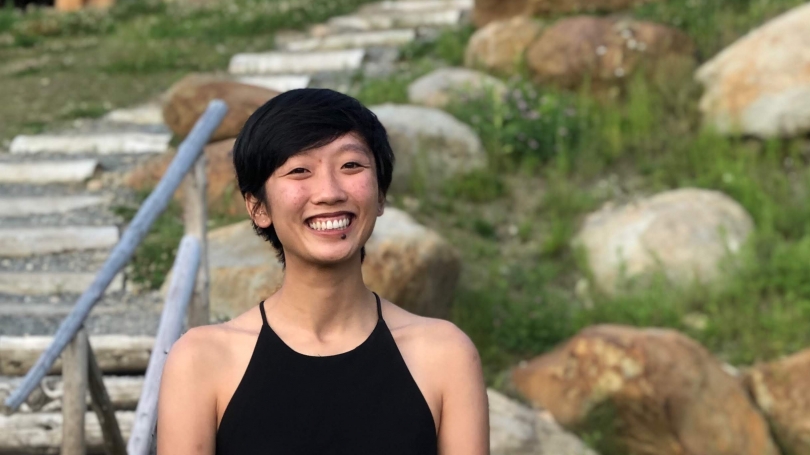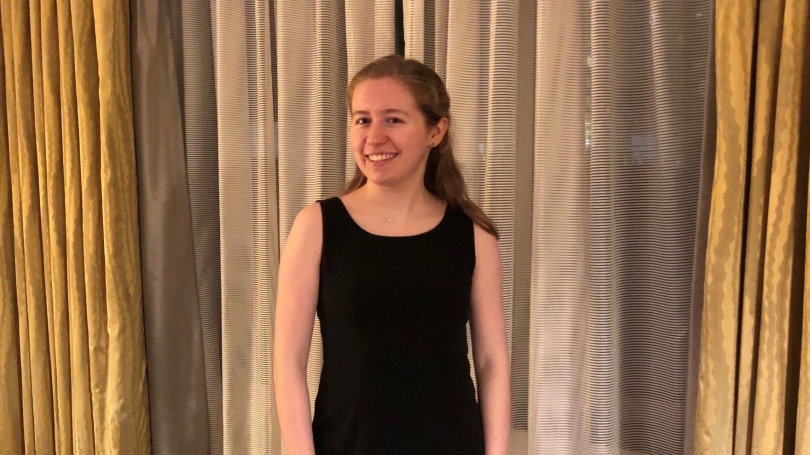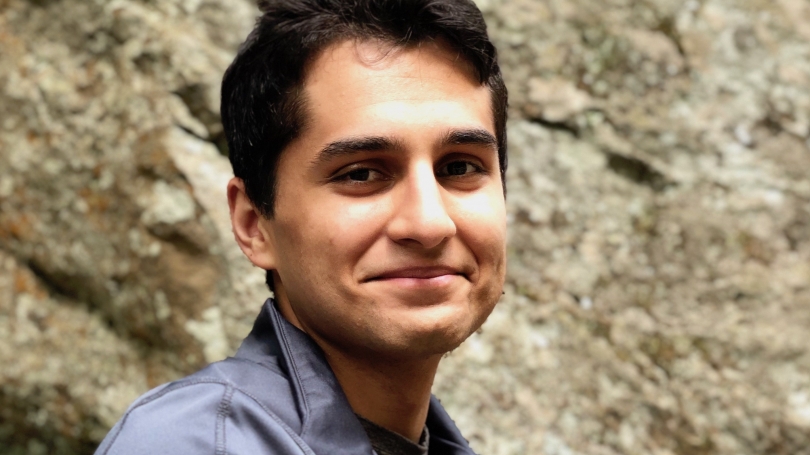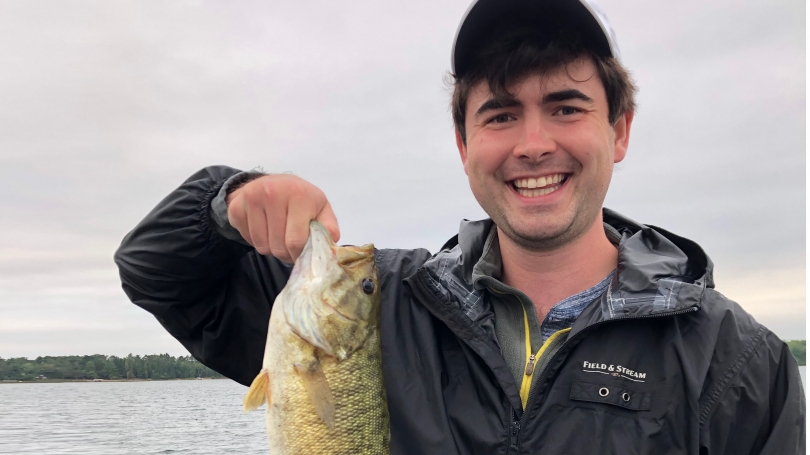Hometown: Hong Kong
Project title: organic dairyland: pastoral dreams & the geography of milk
Project description: Dairy farms have been hallmarks of the Vermont and New Hampshire landscapes for centuries — and not just in the archetypal red barns and towering silos that are scattered all over the Northeast. The cows, living lawn mowers, return the rolling green pastures we are so familiar with, in an area that would otherwise be densely carpeted with ash and spruce trees. This landscape is balancing on the cusp of erasure. In the last fifty years, small New England dairy farms have shuttered at a precipitous rate due to changing dynamics of food production in the western United States. Meanwhile, farms are growing. The Upper Valley itself is home to some of the largest dairy farms in the two states. In the place of pasture, corn is growing along the Connecticut River to feed hundreds of cows housed in closed quarters.
However, although factory farms in California create downward pressure on milk prices across the country, they supply little to none of the milk we drink; in fact, milk remains one of the most local supermarket staples to date. Through an interdisciplinary mapping and journalism project, I hope to explore these points of disjuncture, or the ways in which our relationships with food at a local scale are hinged upon national or global factors that are often out of our control. I am particularly interested in examining how seemingly non-spatial agents such as food policy and social conventions crystallize into visible spatial patterns like the milksheds in each region of the United States, and more recently, the extinction of small dairy farms in New England.
In addition to revealing how macro-processes imprint themselves on local landscapes, I take this project as an opportunity to navigate the representational possibilities of cartography. How can mapping, a historically powerful tool for defining fixed territorial boundaries, be used to show how landscapes are always in flux? What are the social implications of telling stories with data? What stories are left out and how can writing come in where mapping falls short?
Extracurricular interests: On campus, I am a '82 Upper Valley Community Impact Fellow at the Center for Social Impact, working with local non-profits to support this region's food production systems. When I'm not meeting with farmers and regional stakeholders, I build boats, carve spoons and fix things in the campus woodshop as a Hopkins Center Fellow. The rest of my week is spent fishing in nearby lakes, serving tea in Sanborn Library, and helping out on a Vermont dairy farm.
Future plans: After graduation, I hope to continue exploring how social and economic forces shape the places in which we live. Whether this is through working as a geospatial analyst or by pursuing a graduate degree in computational spatial science, unpacking the history of landscapes reminds me to engage more meaningfully with people and places, something I wish to carry with me when I leave Hanover. But regardless of where I end up after Dartmouth, I first look forward to unearthing the many stories that make up the New Hampshire/Vermont landscape and to further immerse myself in local communities off-campus.



